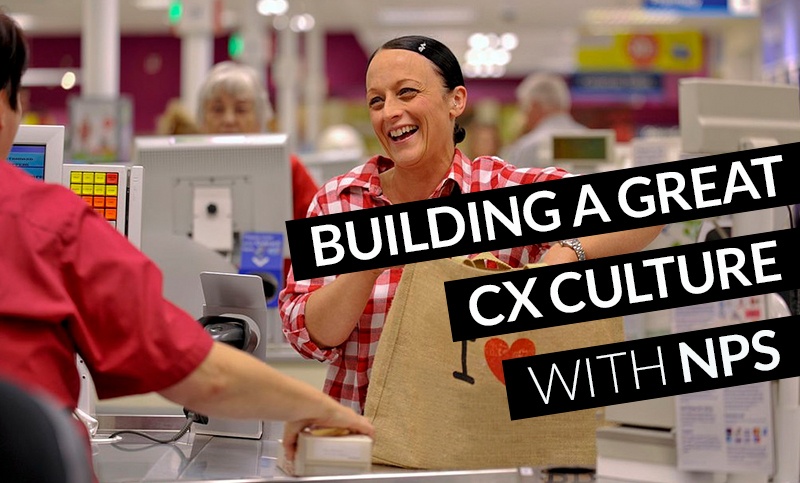Sure, Net Promoter Score is a robust measure of a business’s customer experience and loyalty, as well as being a reasonably accurate predictor of future business performance. However, it is hard to rally your organisation around a seemingly esoteric number like a NPS score, but at the same time, everyone understands (or should understand) how customer experiences affect revenue and customer lifetime value. Knowing that, segmenting customers into promoters, passives and detractors, creating more promoters and converting more detractors are themes that your teams can unify around.
Customer-centric companies are 60% more profitable compared to companies that are not focused on the customer. The more a business focuses on not just great service, but also other elements of customer experience - product range, value, convenience, personalisation etc, the more likely it is to retain customers and grow. Also, companies not sharing this focus are likely to retain less staff due to anything from dealing with angry customer calls to serious downturns in business. Employee churn has its own related quantifiable costs which we can get into another time.
Being customer-focused is a absolute requisite for businesses in the modern era. To really hit that mark, it’s not enough for just the Customer Success team to go the extra mile for the customer. Nor is it enough for the C-level suite only to appreciate the value of customer experiences. The entire organisation has to band around the customer. Here are some tips for building a CX-focused culture using NPS:
- Share NPS with the wider teams.
Make NPS reports visible throughout your organisation, correlating positive uplift in revenue and other important figures with any increases in NPS. Show recent and longer term trends in Net Promoter Score with view of milestones and any changes in the business which may have caused the metric to improve. This can be in the form of day-to-day individual positive feedback or monthly published report, depending on what is right for your business.
- Add NPS scores to individual and team KPIs.
Create healthy competition inside your teams focused on a unifying goal that benefits your customers. Acknowledge standout results with CX awards and highlights within the organisation.
- Excite frontline staff about CX and NPS.
Front of house staff are usually busy with their daily duties and achieving their KPIs already, so senior leadership enthusiasm about customer experiences and NPS are the key to getting frontline stuff to ‘buy into’ CX as a top priority. You, the leaders in your organisation, should reinforce NPS as the most important overall measure of customer satisfaction to the customer-facing staff.
- Ask for customer feedback, then act on it.
Collecting and listening to feedback form your customers will enable you to align your brand values with what the customer needs. Both management and frontline teams need to ensure that customer insights delivered from feedback are acted on. Reward your promoters with a discount voucher or ask them to submit an online review for your business. Reach out to detractors who have an issue and help them resolve it. Converting detractors into promoters and improving their experience will also improve your NPS score.
If you don’t have a system and a process in place for acting on feedback, you should consider implementing those as a matter of priority.







